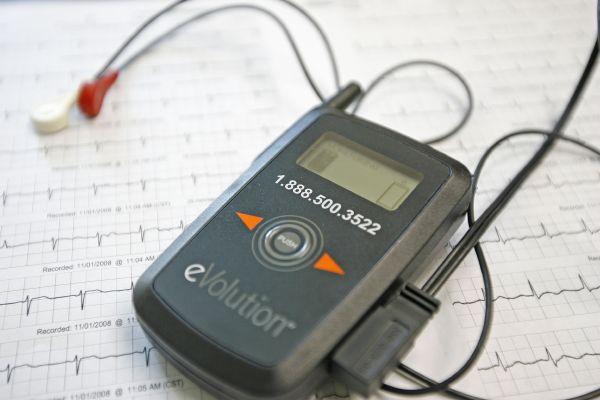

If the monitor does not appear to be recording, check that all electrodes are still in place on your chest and then press on the centre of each electrode to try to restore contact with the recording device.This may also help give clues to sleep disorders like sleep apnea and restless leg syndrome. It is important to get accurate nighttime readings since it can help in diagnosing a number of conditions and rhythm abnormalities that only occur at night. At night, try to sleep on your back keeping the monitor carefully positioned at your side so that the electrodes and wires stay in position on your body and remain securely attached to the recording device.Do not bathe, shower or swim while wearing the holter monitor. The recording device and the electrodes must not get wet.Note down the time, duration and description of your symptoms. Include things such as dizziness, fainting, chest pain, and irregular heartbeat. Record any symptoms that you might experience in your Holter Diary.The accuracy and usefulness of this test depend on how carefully you record your symptoms and activities and the times they occurred. Include things like exercise, climbing stairs, engaging in intercourse, smoking cigarettes, sleeping, getting emotionally upset, taking medications, or engaging in other notable activities.

Record your day’s activities in the diary, noting the time, duration and description of the activity. You technologist will provide you with a Holter Diary at your appointment.


 0 kommentar(er)
0 kommentar(er)
